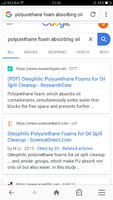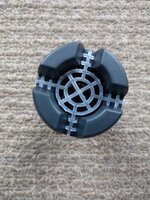Hi all, I think it is a combination of <"
bacteria, plants and light">. It is back to the <"
shades of grey"> scenario, with synergistic effects and complex food webs.
"Woody debris", like bog wood and structural leaf litter, degrades a lot more quickly in highly oxygenated, alkaline water and/or when you add nitrogen.
This is caused by a range of factors, and is partially because invertebrate shredders tend to be a lot more common in alkaline conditions, and they are <"
initially fragmenting the leaves"> to allow easier microbial decomposition.
These processes can only occur if there is a high enough nitrogen to carbon ratio. We've recently been looking at a technique for estimating decomposition rates <"
using cotton strips">.
Any-one who has kept shrimps will have seen that IAL leaves etc disappear in their tanks, and even <"
Alder "cones" degrade more quickly">.
The build-up of tannic, humic and fulvic substances, in "black water" rivers, is also a nutrient effect. If you look at the <"
conductivity values for the Rio Negro"> etc. there a very few ions of any description, and nitrogen (N), phosphorus (P), potassium (K) etc. availability limits microbial (and micro-faunal) break-down. cheers Darrel






